In China, the male grooming industry has witnessed remarkable growth in the past few years. According to Euromonitor International, retail sales have surged to 17.8 billion RMB in 2021, as gender stereotypes diminish and a plethora of products become readily available online. As a result, Chinese consumers are showing an unprecedented interest in male grooming brands.
In this blog post, we’ll explore the evolution of the male grooming market in China, its competitive landscape, and opportunities for businesses looking to tap into this booming industry. Join us as we dive into the market insights and opportunities behind the rise of male grooming in China!
Overview Of The Male Beauty Industry in China
The male grooming market in China has seen significant growth in recent years due to a cultural shift that emphasizes maintaining a youthful appearance. Men are investing in luxury skincare and male cosmetics, and this trend is expected to continue due to rising incomes and changing consumer preferences.
It’s important to stay informed about this booming market, not only because of its increasing global demand (with a projected 5.7% rise between 2017 and 2022), but also due to domestic factors such as rising incomes and changing consumer preferences.
For instance, one major trend driving this growth is the explosion of facial skincare specifically designed for men – which is expected to experience significant gains throughout China in the coming years.
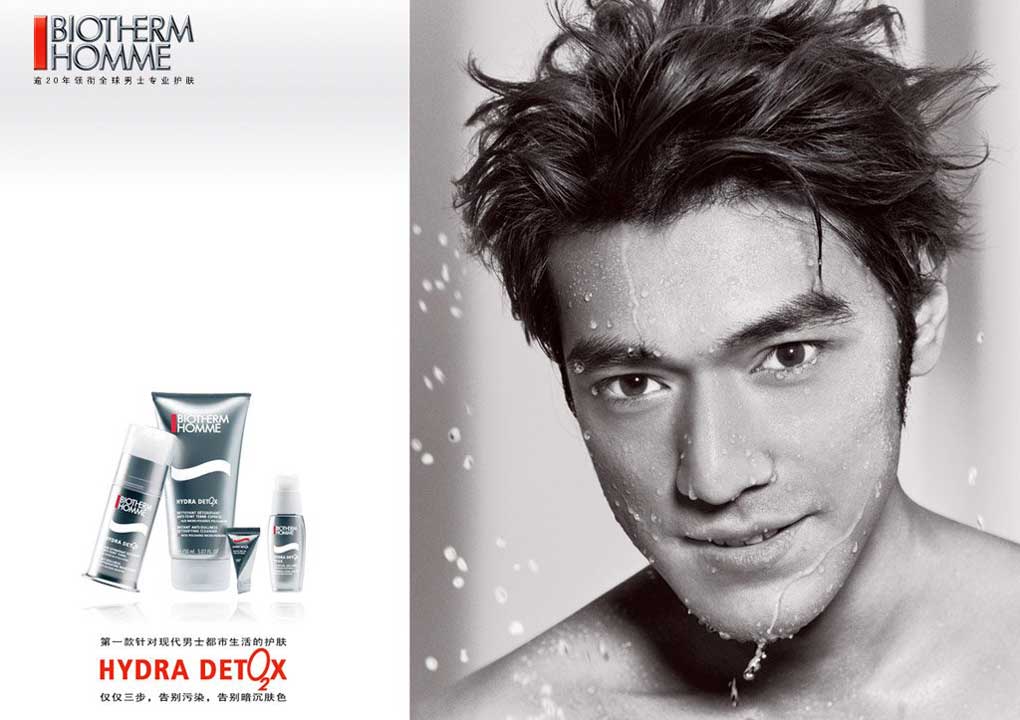
Evolution And Growth Of Male Grooming Market In China
Over the years, there has been a significant shift in perceptions of male beauty in China, leading to an increase in demand and market size for male grooming products.
Historical Perspective: Changes In Perceptions Of Male Beauty
In the past, traditional gender roles and expectations influenced perceptions of male beauty in China, with men who paid attention to their appearance seen as less masculine. However, today’s generation has embraced a more diverse definition of male beauty that includes grooming and skincare rituals.
This shift has significantly impacted the Chinese male grooming market, allowing it to flourish. Celebrities like Kris Wu and Lu Han are redefining what it means to be handsome by sporting flawless skin in advertisements.
This change has paved the way for consumer research into attitudes and behaviors toward men’s grooming products, helping brands better cater to this rapidly expanding demographic.
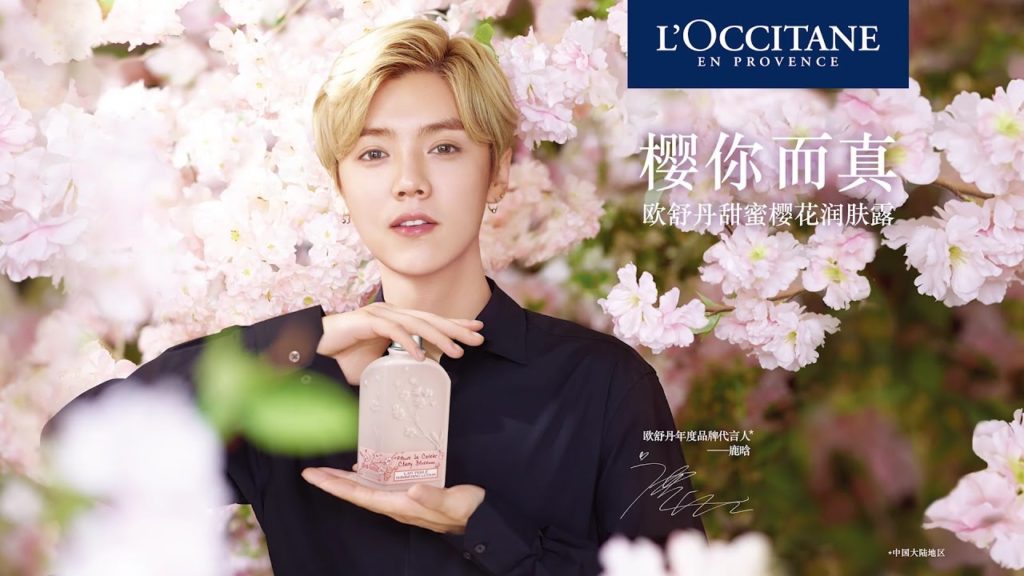
Increasing Market Size And Potential For Growth
The male grooming market in China is rapidly growing and currently valued at 17.8 billion RMB, presenting opportunities for both local and international brands.
It is important to recognize and capitalize on this changing industry as gender stereotypes break down and more products become available through online shopping channels. This presents a great opportunity to focus on tapping into this thriving market segment.
For instance, consider the global male grooming market – projected to grow from USD 55 billion in 2021 to an astonishing USD 110 billion by 2030 at a CAGR of approximately 6%.
This further underlines China’s potential as one of the leading global players in men’s grooming product consumption and revenue generation.
Shift Towards Acceptance And Embracing Of Male Grooming
In China, there is a shift in the acceptance and embracing of male grooming due to changing attitudes towards men’s personal care as part of overall wellness.
Men are now willing to dedicate time and financial resources to improve their appearance with skincare products, hair care treatments, and styling tools. Sales of men’s grooming products are expected to surpass those of women’s in the next few years.
Korean and Japanese men’s grooming brands have made a significant impact on the Chinese market by offering high-quality products at affordable prices. This has created a benchmark for new entrants into the Chinese male grooming industry seeking business opportunities.
Analysis Of Key Factors Driving The Market Growth

The male grooming market in China is experiencing growth, and understanding the evolving consumer trends is crucial for brands. Chinese male consumers are increasingly interested in personal care products such as skincare and cosmetics, which is driving the growth of the market.
The availability of male grooming products online through advanced e-commerce platforms has also contributed to this growth.
The changing societal norms around gender stereotypes have led to an increased demand for male skincare and cosmetics products. This shift is due to more men embracing grooming as an essential part of their daily routine, driving the growth of the male grooming market.
The Competitive Landscape In The Chinese Male Grooming Market
Discover the major players and their market shares, successful case studies, as well as challenges and barriers for new entrants in the highly competitive Chinese male grooming market.
Major Players And Their Market Shares

Understanding the competitive landscape is crucial in the male grooming market in China, where major players like L’Oreal, Procter & Gamble, Unilever, and Shiseido hold significant market shares.
Apart from major players, local brands have gained popularity in the male grooming market in China by focusing on natural and organic products.
Domestic brands such as Perfect Diary and Chando have become increasingly popular for their innovative formulas and affordable prices.
Social media influencers also play a crucial role in shaping consumer preferences within this market, as many consumers turn to them for product recommendations and tutorials.
Thus partnering with relevant influencers can be an effective strategy for reaching your target audience.
Successful Case Studies In The Male Grooming Market
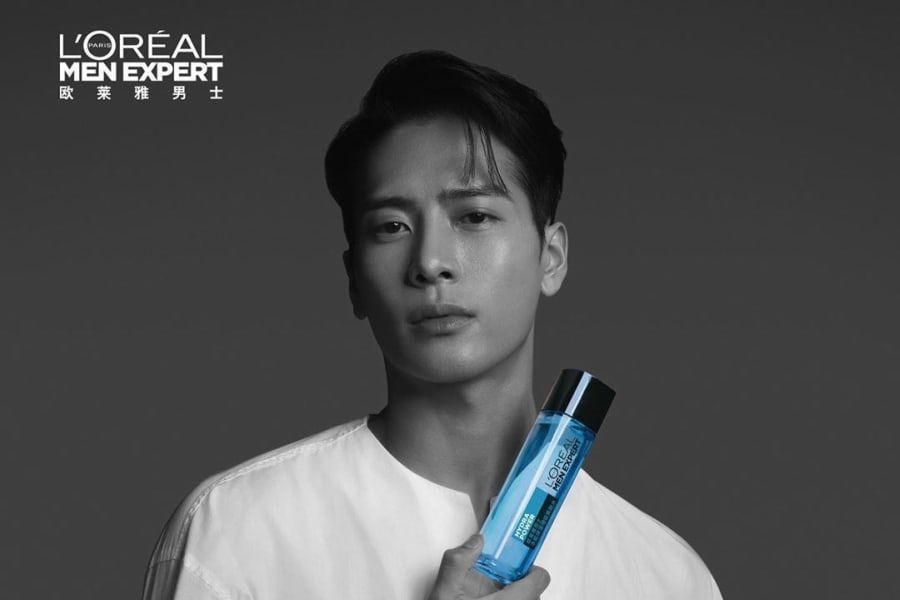
Here are some successful case studies in the male grooming market, which can provide valuable insights for businesses looking to enter the Chinese market.
One prime example is L’Oreal’s Men Expert line, which is one of the most successful male beauty brands in China.
The Men Expert line features a range of men’s skincare products targeting urban males and positioned itself as an expert on male skin concerns, offering solutions to specific issues such as oily skin and razor burn.
Shiseido’s Uno Proactiv range is a successful case study in the male grooming market. The brand offers facial cleansing products specifically crafted for men with acne-prone skin, which helped it to differentiate its product offerings from competitors and establish itself as an authority in the male skincare segment.
Challenges And Barriers For New Entrants
The men’s grooming market in China presents challenges for new entrants, including navigating strict regulations for men’s beauty products such as product testing, registration, labeling requirements, and obtaining necessary licenses to sell in the Chinese market.
Additionally, new entrants must compete against established local brands that have already captured significant market share.
Navigating these challenges requires a deep understanding of Chinese cultural norms and consumer behavior trends while also being able to tailor marketing messages accordingly.
Understanding And Leveraging The Chinese Consumer
Businesses can effectively target the diverse Chinese consumer base by analyzing local preferences and habits, understanding cultural influences and societal norms, and recognizing age, income, and regional variations in consumer behavior to tailor their marketing strategies.
Analysis Of Local Preferences And Habits
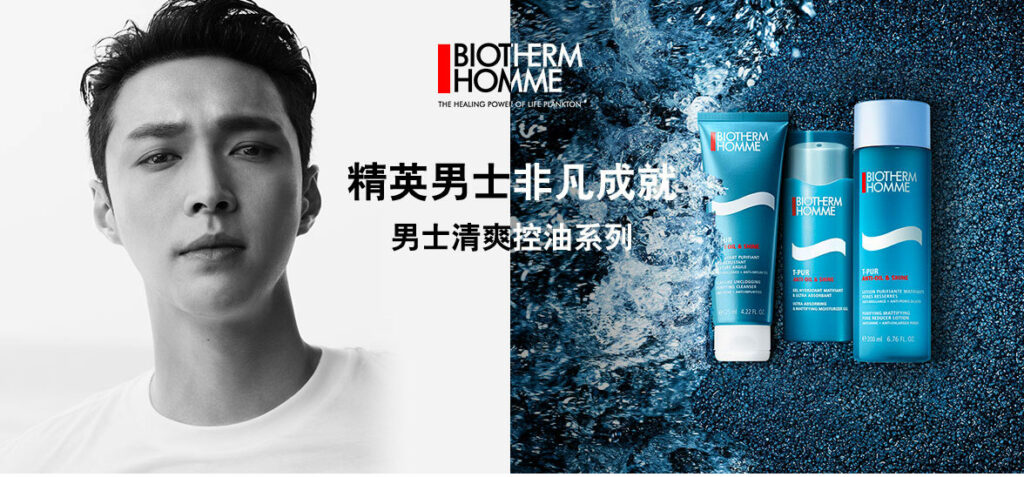
In China’s male beauty market, businesses must understand and leverage local preferences and habits. Chinese consumers value tradition, social connections, group decisions, reputation, and value when shopping.
Word-of-mouth recommendations from friends or family members can greatly influence purchasing decisions.
Younger generations prioritize self-expression through unique and personalized products. Skin whitening products remain popular among both men and women due to cultural values placed on fair skin.
However, there has been an increasing demand for anti-aging products as well as natural skincare options.

Importance Of Understanding Cultural Influences And Societal Norms
Chinese consumers value tradition, social connections, group decisions, reputation management, and getting value for their money.
Traditional values play a role in the beauty industry, and family pressure can make people seek cosmetic surgery or skin-lightening treatments. Different regions have different beauty standards, and fair skin is considered beautiful by many as it shows wealth.
Age also plays an important factor; younger generations are more willing than older generations to splurge on personal care products (63% of Millennials compared to 49% Gen X).
Age, Income, And Regional Variations In Consumer Behavior
Consumer behavior varies greatly depending on age, income, and regional factors. For example, middle-class Chinese may have different preferences than those in larger metropolitan areas.
Market research is crucial for businesses to engage with the Chinese consumer base effectively. It involves analyzing demographics, cultural nuances, psychographics, and customer insights to understand consumer trends and behavioral economics within target markets.
Opportunities And Strategies For Brands In The Chinese Male Grooming Market
Brands can tap into the growing Chinese market by adapting global products to local needs, developing culturally aligned marketing and advertising strategies, using e-commerce and social media platforms, partnering with local brands or influencers, and identifying unique value propositions to differentiate themselves in a competitive market.
Adapting Global Products To Local Needs
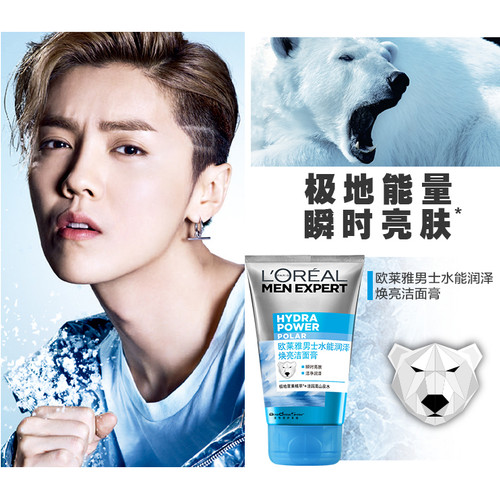
Product localization is crucial in the male grooming market in China, and global brands must adapt their products and marketing strategies to suit Chinese consumer preferences.
L’Oréal China is using digital solutions, including facial recognition technology, to provide personalized recommendations based on consumer behavior insights.
Marketing And Advertising Strategies For The Chinese Market
Brands must consider cultural nuances and societal norms when developing marketing and advertising strategies for the Chinese market. Education campaigns can help raise awareness and increase sales for new concepts like male grooming.
Social media platforms like WeChat or Douyin are effective in reaching out to younger audiences, and e-commerce has become increasingly popular among younger consumers who prefer online shopping. Brands should ensure their products are available on major e-commerce platforms like Tmall or JD.com.
Brands can offer incentives like discounts or free samples to encourage customers to try their products. Data analytics tools are crucial for developing effective marketing strategies in China due to variations in consumer behavior by age and region.

Leveraging E-commerce, Social Media, And Online Shopping Trends
To succeed in the evolving Chinese male grooming market, brands must adapt to changing consumer behavior by utilizing e-commerce, social media, and online shopping trends.
Tmall provides international expansion opportunities for brands while livestreaming on social media has become a popular way for consumers to discover new products and engage with brand ambassadors.
In order to succeed in this competitive market, companies must stay ahead of the curve when it comes to product offerings as well as customer engagement tactics.
Potential For Partnerships With Local Brands Or Influencers

As the male grooming market in China continues to grow, foreign brands can leverage partnerships with local brands or influencers for greater success.
Collaborating with established Chinese brands can help new entrants build brand awareness and credibility among consumers.
Influencer marketing is also becoming increasingly popular in China, especially among younger demographics who are more likely to trust endorsements from their favorite internet celebrities.
Brands that work with local influencers must be mindful of cultural differences and preferences when choosing partners as well as considering
We are your local partner in China!
As Chinese men’s beauty routines and preferences continue to evolve, the male grooming market in China is expected to experience rapid growth in the coming years.
Brands that can effectively adapt to local needs, leverage e-commerce and social media trends, and stay attuned to cultural shifts will be well-positioned for success in this dynamic market.
To stay ahead of the curve, it’s crucial for companies to keep a finger on the pulse of this ever-changing industry.

We are a China-based marketing agency offering cost-effective solutions to foreign brands interested in tapping into the Chinese market. Our team of Chinese and foreign experts has the experience and know-how needed to succeed in this lucrative, yet complicated market.
Gentlemen Marketing Agency offers many digital marketing and e-commerce solutions, such as web design, e-commerce and social media marketing strategies, localization, market research, KOL marketing, and more.
Don’t hesitate to leave us a comment or contact us, so that we can schedule a free consultation with one of our experts, that will learn about your brand and present you the best solutions for your China market strategy.
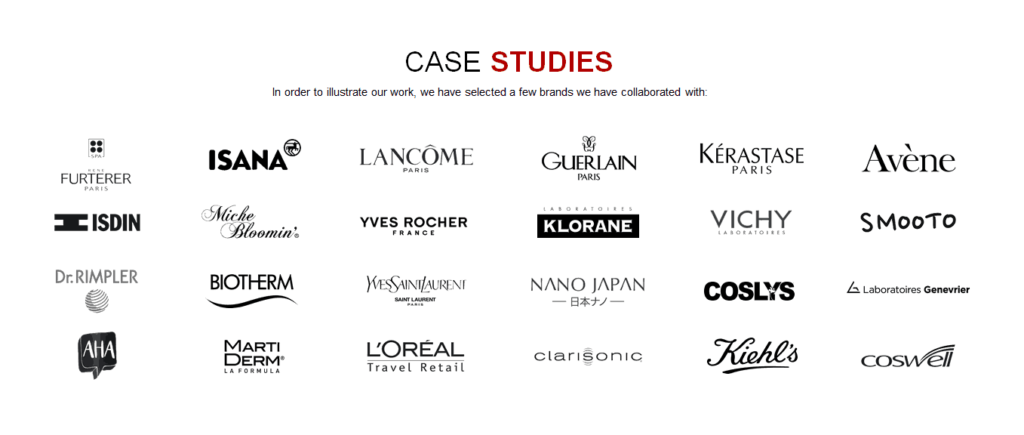


1 comment
Joao
Hello,
Looking for a contact to enter in Chinese Market.
JG